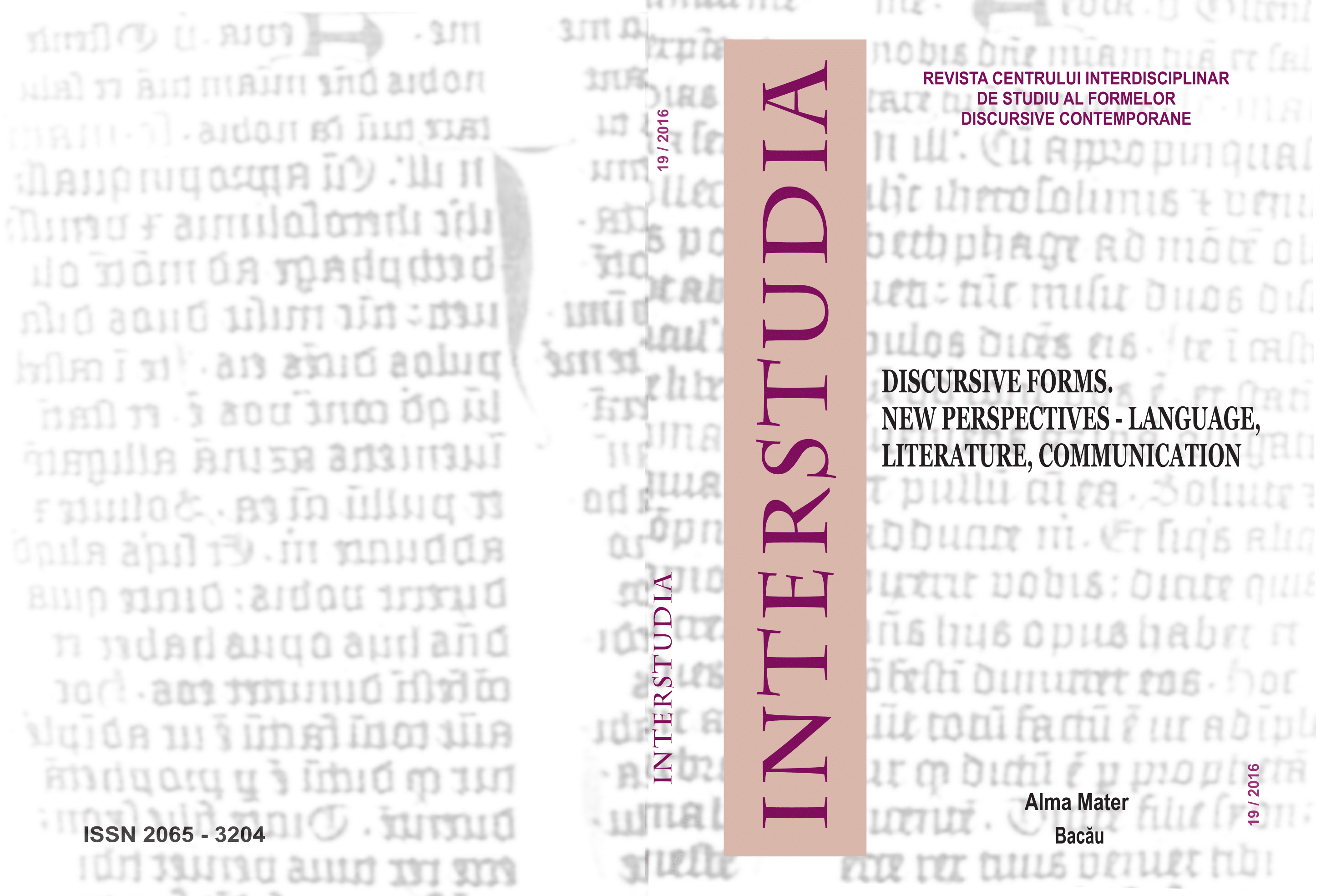THE DISCOURSE OF THE PARATEXT IN MALCOLM BRADBURY’S
MY STRANGE QUEST FOR MENSONGE:
STRUCTURALISM'S HIDDEN HERO
THE DISCOURSE OF THE PARATEXT IN MALCOLM BRADBURY’S
MY STRANGE QUEST FOR MENSONGE:
STRUCTURALISM'S HIDDEN HERO
Author(s): Andreia Irina SuciuSubject(s): Language and Literature Studies
Published by: Editura Alma Mater
Keywords: paratextual elements; types and functions of paratextual elements;
Summary/Abstract: The novel written in postmodernity is most of the times characterized by the use of the experiment and by parody and/or pastiche. Malcolm Bradbury, a fine connoiseur of various techniques used in fiction both from the position of a writer of novels, short stories, parodies and TV plays as well as from that of a critic, made use of these in an admirable manner. In My Strange Quest for Mensonge: Structuralism’s Hidden Hero, a novel published in 1987, the author develops a metadiscourse by means of which he allegedly presents the imposing figure of the critic that Henri Mensonge was. Comparing his theories with those of Barthes, Derrida and Foucault, Bradbury creates a fictional character around which he builds a unique parody of the contemporary criticism (with its theoretical principles) and of the contemporary author. One of the main tools used in this novel in order to support the parodying of criticism and of theorists is the dimension of the text called by Gérard Genette “paratext”. Starting from the features of paratext identified by Genette (spatial, temporal, substantial, pragmatic) and from its functional characteristics we intend to demonstrate that with the insight of the contemporary critic and writer/parodyist, Malcolm Bradbury managed to develop in the novel an individual discourse of the paratextual elements: title, subtitle, pictures, foreword/afterword, (anti)index, bibliography, blurb.
- Issue Year: 2016
- Issue No: 19
- Page Range: 78-88
- Page Count: 11
- Language: English
- Content File-PDF

